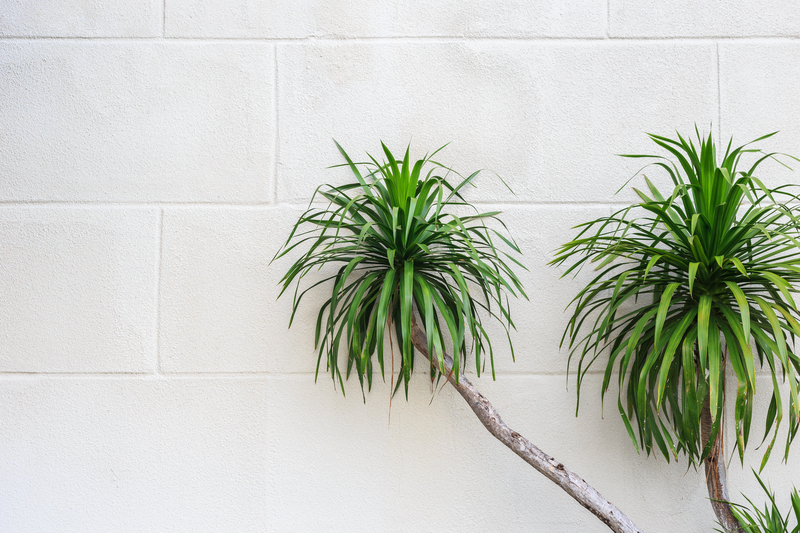Planting Strategies for Increased Privacy in Your Yard
Posted on 02/09/2024
Having a private outdoor space is essential for creating a peaceful and relaxing atmosphere in your home. However, with houses getting closer and living spaces becoming more compact, achieving privacy in your yard can be a difficult task. The good news is that there are various planting strategies you can implement to increase the privacy of your yard. In this article, we will discuss these strategies in detail and provide tips on how to incorporate them into your landscaping.
1. Use Dense Shrubs and Trees
One of the most effective ways to create privacy in your yard is by planting dense shrubs and trees. These plants serve as natural barriers, blocking the view from the outside. Some great options include evergreen shrubs like arborvitae, boxwood, and holly, as well as tall trees such as bamboo, cypress, and Leyland cypress. Choose plants that are fast-growing and have thick foliage for maximum privacy.
When incorporating these plants into your landscaping, make sure to plant them in groups rather than in a straight line. This will create a layered effect, making it harder for anyone to see through them. Also, consider the mature size of the plants before planting them. You don't want to end up with an overgrown yard that blocks out all natural light.

2. Add Trellises or Fences
Trellises and fences are another great way to increase privacy in your yard. They not only provide physical barriers but also offer support for climbing plants like ivy or morning glory. You can choose from various materials such as wood, vinyl, or metal depending on your budget and preference.
To achieve maximum privacy with trellises or fences, opt for ones with smaller gaps between the slats or boards. This will block any direct view into your yard while still allowing air and sunlight to pass through. Adding greenery like vines or flowers to the trellis or fence will also add a touch of beauty and a natural element to your yard.
3. Create a Living Wall
For a unique and modern approach to increasing privacy in your yard, consider creating a living wall. This involves planting shrubs or vines in containers and arranging them against an existing fence or wall. The plants will grow up and around each other, creating a beautiful green wall that provides privacy.
When choosing plants for your living wall, make sure to select ones that thrive in containers and do well with limited root space. Some suitable options include compact evergreen shrubs such as dwarf boxwood or yew, as well as vines like jasmine or creeping fig.
Tips for Planting Strategies
- Before planting any trees or shrubs, research their mature size and growth rate to avoid ending up with an overgrown yard.
- Incorporate a variety of plants to create layers and add depth to your landscape design.
- Consider the placement of windows in neighboring houses when planning where to plant for maximum privacy.
- Regular maintenance is crucial for keeping your plants healthy and ensuring they continue providing privacy.
The Pros and Cons
Pros:
- Natural way of creating privacy
- Adds beauty and greenery to your yard
- Can reduce street noise
- Provides shade and cooling effect
Cons:
- Takes time for plants to grow and reach desired height
- Requires regular maintenance
- May block natural light if not planned correctly
- Can be costly depending on the type of plants chosen

Takeaways
With the rising trend of smaller living spaces, achieving privacy in your yard has become essential. Planting strategies such as using dense shrubs and trees, adding trellises or fences, and creating a living wall can help you achieve this. Remember to plan carefully, incorporate a variety of plants, and maintain them regularly for optimal results.
Conclusion
Creating a private outdoor space in your yard is possible with the right planting strategies. By using natural barriers and incorporating greenery, you can increase privacy while also enhancing the beauty of your yard. Consider your budget, maintenance capabilities, and desired level of privacy when choosing which planting strategies to use. With proper planning and care, you can transform your yard into a peaceful oasis that offers a welcome escape from the outside world.



